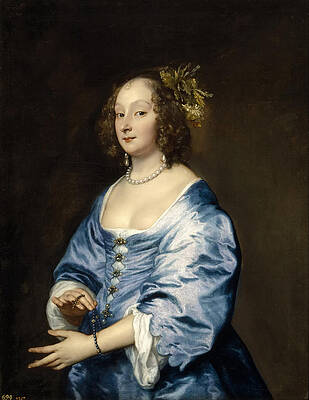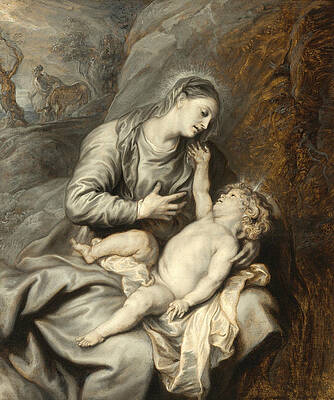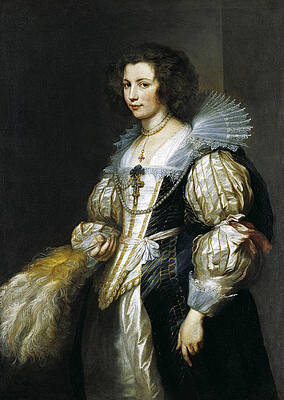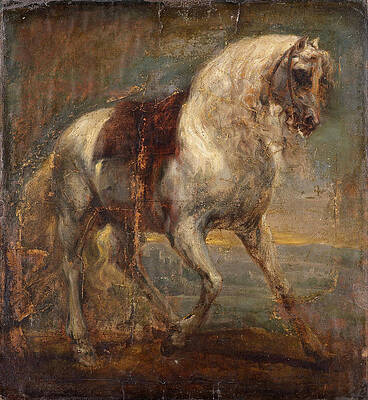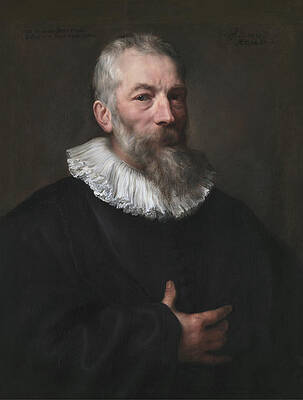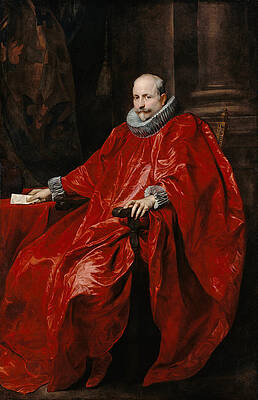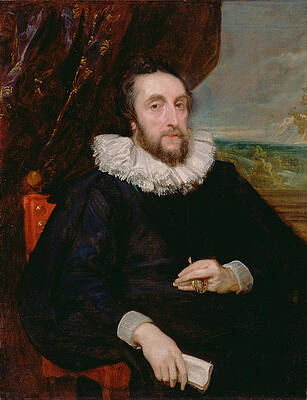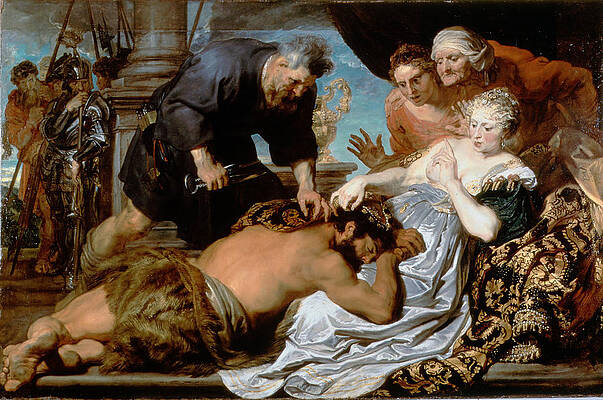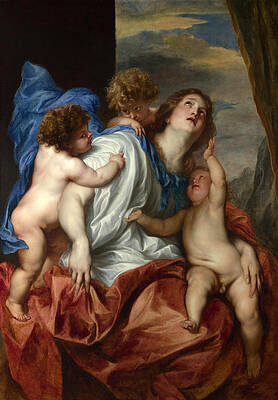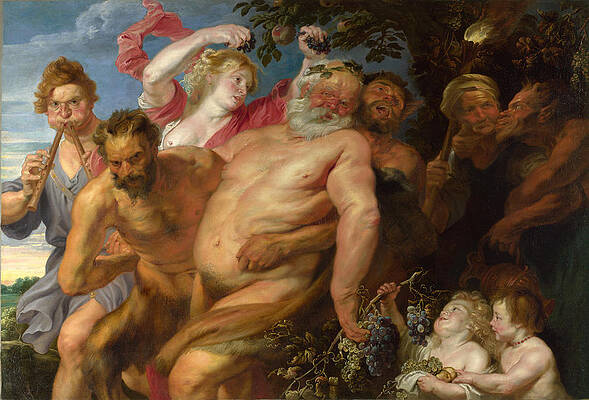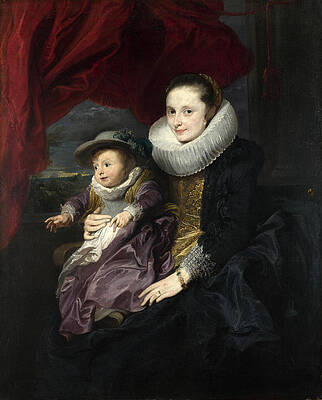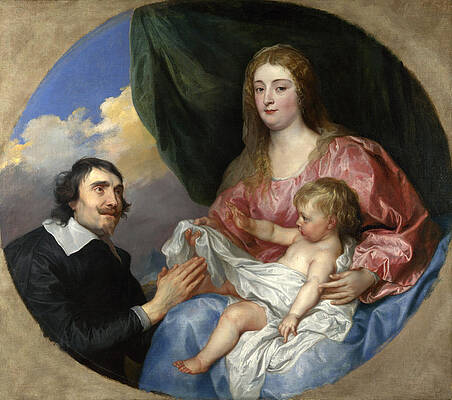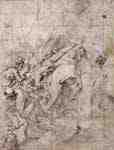Anthonis van Dyck (Anthony van Dyck)
Paintings
Charles I in Three Positions
Lord John Stuart and his Brother Lord Bernard Stuart
Nicolas Lanier
Portrait of Charles I
Mary Ruthven Lady van Dyck
Princess Elizabeth and Princess Anne Daughters of Charles I
Lucas van Uffel
Portrait of Cornelis van der Geest
Virgin and Child with Saint Catherine of Alexandria
Rest on the Flight into Egypt
Portrait of a Man in Armor
Thetis Receiving the Weapons of Achilles from Hephaestus
The Madonna and Child
Diana and her Nymph surprised by Satyr
Portrait of Cardinal-Infante Ferdinand of Austria
Portrait of a Lady
Saint Jerome
Portrait of Maria de Tassis
Portrait of Antonio de Tassis
Five Eldest Children of Charles I
A Grey Horse
The Virgin as Intercessor
Portrait of George, Baron Goring
Virgin and Child
Queen Henrietta Maria
The Apostle Simon
Adoration of the Shepherds
Marten Pepijn
Portrait of Agostino Pallavicini
A Genoese Lady with Her Child
Head of a Young Man
Portrait of Sir John Mennes
Portrait of Nicholas Rockox
Thomas Howard, Second Earl of Arundel
The Tribute Money
Portrait of the engraver Jean Baptiste barbe
Samson and Delilah
Samson and Delilah
Christ of the Coin
Saint Jerome
Vertumnus and Pomona
Christ carrying the Cross
Charity
Drunken Silenus supported by Satyrs
Equestrian Portrait of Charles I
Lady Elizabeth Thimbelby and her Sister
Portrait of a Woman and Child
Portrait of a Woman
Portrait of Francois Langlois
Portrait of George Gage with Two Attendants
Portrait of Giovanni Battista Cattaneo
Portrait of the Abbe Scaglia
Rinaldo conquered by Love for Armida
St Ambrose barring Theodosius from Milan Cathedral
The Abbe Scaglia adoring the Virgin and Child
The Balbi Children
William Feilding 1st Earl of Denbigh
Saint Rosalie Interceding for the Plague-stricken of Palermo
Portrait Study of a Bearded Man
Filippo Cattaneo
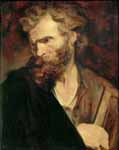
Apostle Judas Thaddaeus (Jude)
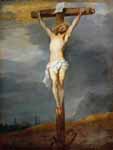
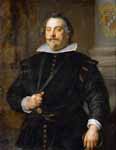
Francisco de Moncada, Marqués de Aytona
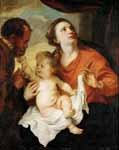
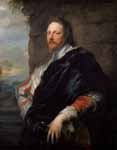
Nicholas Lanier (1588-1666), Music Master and Art Director of the English Court


Prince Palatine Ruprecht von der Pfalz
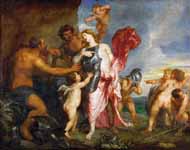
Thetis Receives the Arms and Armor for Achilles from Hephaestus (Venus at the Forge of Vulcan)
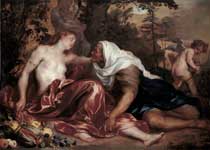

Lord John Stuart and his Brother, Lord Bernard Stuart
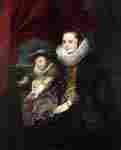
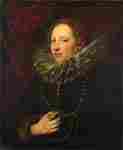
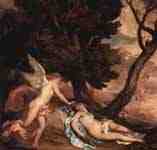
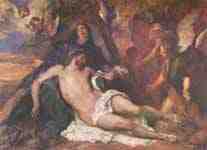
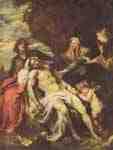
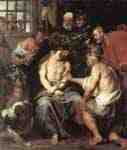
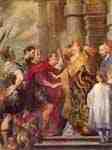
St. Ambrose and Emperor Theodosius
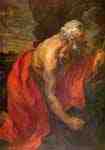
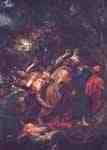
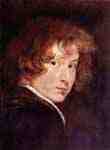
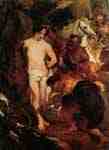

Portrait of Charlotte Butkens with her son
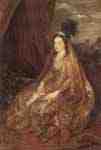
Portrait of Elisabeth or Theresia Shirley
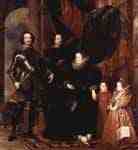

Portrait of Queen Henrietta Maria , with dwarf
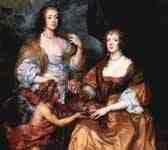
Elizabeth Thimbleby and Dorothy Viscountess Andover
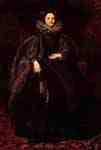
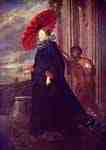
Portrait of Marchesa Elena Grimaldi

Portrait of Marchesa Spinola Geronima

Portrait of Margaret of Lorraine
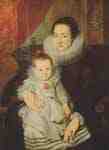
Portrait of Marie Clarisse and her child

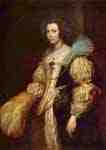
Portrait of Marie-Louise de Tassis
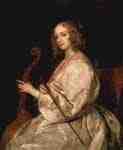
Portrait of Mary Ruthven , wife of the artist
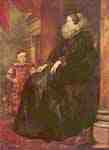
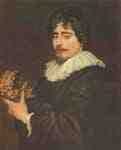
Portrait of the sculptor François Duquesnoy
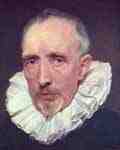
Portrait of Cornelius van der Geest
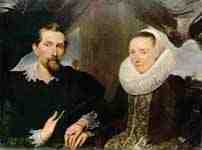
Portrait of Frans Snyders and his wife

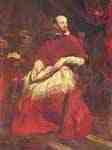
Portrait of Cardinal Bentivoglio
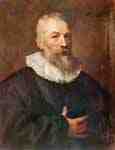
Portrait of the Painter Marten Pepyn
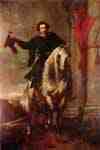
Portrait of the Marchese Antonio Giulio Brignole - Sale

Portrait of Philippe Le Roy, Lord of Ravel
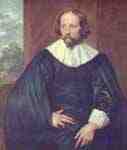
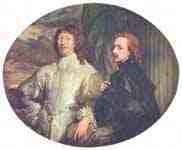
Portrait of Sir Endimion Porter and Self-Portrait
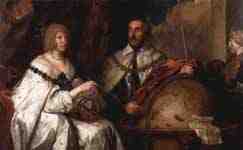 Portrait of Thomas Howard and his wife
Portrait of Thomas Howard and his wife
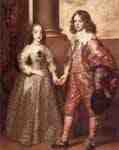
Portrait of William of Orange with his future bride
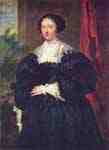
Portrait of a lady dressed in black
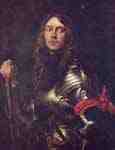
Portrait of armed man with red armbands
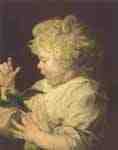
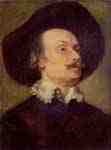
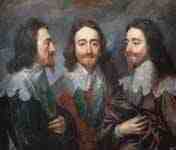
Portrait of Charles I, King of England
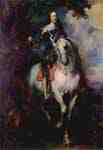
Portrait of Charles I , King of England
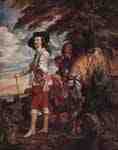
Portrait of Charles I , King of England
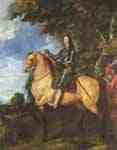
Portrait of Charles I , King of England , on horseback
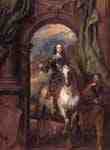
Portrait of Charles I on horseback with his equerry
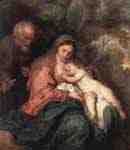
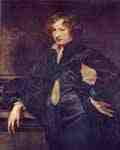
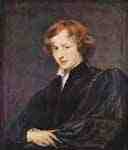
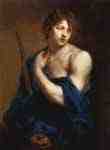
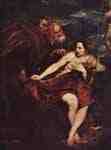
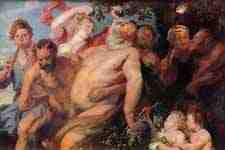
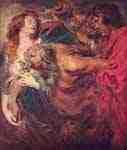
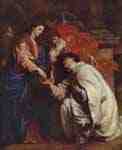 Vision of Blessed Hermann Joseph
Vision of Blessed Hermann Joseph
Drawings
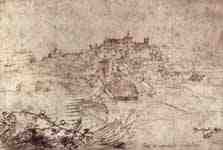
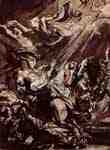
The Martyrdom of St. Catherine
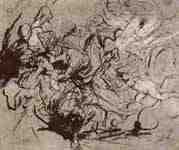
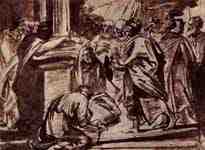
The outpouring of the Holy Spirit
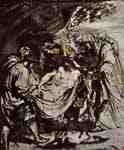
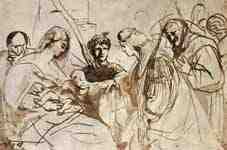
The Mystic Marriage of St. Catherine
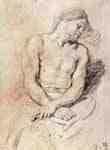
Figure Study for a Christ Crowned with Thorns
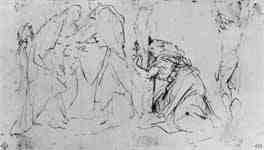
Holy Women at the foot of the cross

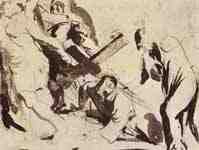
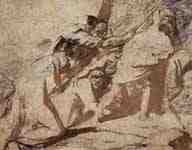
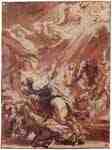
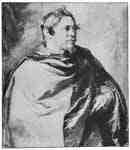
Portrait of the painter Gerard Seghers
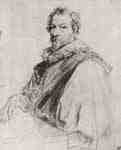
Portrait of the painter Hendrik van Balen
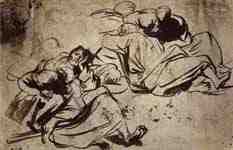
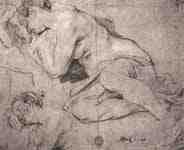
Study sheet with a sleeping woman

Study sheet with horses and riders heads
See also :
Fine Art Prints | Greeting Cards | Phone Cases | Lifestyle | Face Masks | Men's , Women' Apparel | Home Decor | jigsaw puzzles | Notebooks | Tapestries | ...
Sir Anthony van Dyck (Dutch pronunciation: [vɑn ˈdɛi̯k], many variant spellings;[2] 22 March 1599 – 9 December 1641) was a Flemish Baroque artist who became the leading court painter in England, after enjoying great success in Italy and Flanders. He is most famous for his portraits of Charles I of England and his family and court, painted with a relaxed elegance that was to be the dominant influence on English portrait-painting for the next 150 years. He also painted biblical and mythological subjects, displayed outstanding facility as a draughtsman, and was an important innovator in watercolour and etching.
Life and work
Education
Antoon van Dyck (his Flemish name) was born to prosperous parents in Antwerp. His talent was evident very early, and he was studying painting with Hendrick van Balen by 1609, and became an independent painter around 1615, setting up a workshop with his even younger friend Jan Brueghel the Younger.[3] By the age of fifteen he was already a highly accomplished artist, as his Self-portrait, 1613–14, shows.[4] He was admitted to the Antwerp painters' Guild of Saint Luke as a free master by February 1618.[5] Within a few years he was to be the chief assistant to the dominant master of Antwerp, and the whole of Northern Europe, Peter Paul Rubens, who made much use of sub-contracted artists as well as his own large workshop. His influence on the young artist was immense; Rubens referred to the nineteen-year-old van Dyck as "the best of my pupils".[6] The origins and exact nature of their relationship are unclear; it has been speculated that van Dyck was a pupil of Rubens from about 1613, as even his early work shows little trace of van Balen's style, but there is no clear evidence for this.[7] At the same time the dominance of Rubens in the small and declining city of Antwerp probably explains why, despite his periodic returns to the city, van Dyck spent most of his career abroad.[7] In 1620, in Rubens's contract for the major commission for the ceiling of the Carolus Borromeuskerk, the Jesuit church at Antwerp (lost to fire in 1718), van Dyck is specified as one of the "discipelen" who was to execute the paintings to Rubens' designs.[8]
Italy
In 1620, at the instigation of George Villiers, Marquess of Buckingham, van Dyck went to England for the first time where he worked for King James I of England, receiving £100.[7] It was in London in the collection of the Earl of Arundel that he first saw the work of Titian, whose use of colour and subtle modeling of form would prove transformational, offering a new stylistic language that would enrich the compositional lessons learned from Rubens.[9]
After about four months he returned to Flanders, but moved on in late 1621 to Italy, where he remained for 6 years, studying the Italian masters and beginning his career as a successful portraitist. He was already presenting himself as a figure of consequence, annoying the rather bohemian Northern artist's colony in Rome, says Bellori, by appearing with "the pomp of Zeuxis ... his behaviour was that of a nobleman rather than an ordinary person, and he shone in rich garments; since he was accustomed in the circle of Rubens to noblemen, and being naturally of elevated mind, and anxious to make himself distinguished, he therefore wore—as well as silks—a hat with feathers and brooches, gold chains across his chest, and was accompanied by servants."[10]
He was mostly based in Genoa, although he also travelled extensively to other cities, and stayed for some time in Palermo in Sicily. For the Genoese aristocracy, then in a final flush of prosperity, he developed a full-length portrait style, drawing on Veronese and Titian as well as Rubens' style from his own period in Genoa, where extremely tall but graceful figures look down on the viewer with great hauteur. In 1627, he went back to Antwerp where he remained for five years, painting more affable portraits which still made his Flemish patrons look as stylish as possible. A life-size group portrait of twenty-four City Councillors of Brussels he painted for the council-chamber was destroyed in 1695.[11] He was evidently very charming to his patrons, and, like Rubens, well able to mix in aristocratic and court circles, which added to his ability to obtain commissions. By 1630 he was described as the court painter of the Habsburg Governor of Flanders, the Archduchess Isabella. In this period he also produced many religious works, including large altarpieces, and began his printmaking (see below).
London
The more intimate, but still elegant style he developed in England, ca 1638
King Charles I was the most passionate and generous collector of art among the British monarchs, and saw art as a way of promoting his elevated view of the monarchy. In 1628, he bought the fabulous collection that the Gonzagas of Mantua were forced to dispose of, and he had been trying since his accession in 1625 to bring leading foreign painters to England. In 1626, he was able to persuade Orazio Gentileschi to settle in England, later to be joined by his daughter Artemisia and some of his sons. Rubens was an especial target, who eventually came on a diplomatic mission, which included painting, in 1630, and later supplied more paintings from Antwerp. He was very well-treated during his nine-month visit, during which he was knighted. Charles's court portraitist, Daniel Mytens, was a somewhat pedestrian Dutchman. Charles was very short (less than 5 feet (1.5 m) tall) and presented challenges to a portraitist.
Van Dyck had remained in touch with the English court, and had helped King Charles's agents in their search for pictures. He had also sent back some of his own works, including a portrait (1623) of himself with Endymion Porter, one of Charles's agents, a mythology (Rinaldo and Armida, 1629, now in the Baltimore Museum of Art), and a religious work for the Queen. He had also painted Charles's sister, Queen Elizabeth of Bohemia in the Hague in 1632. In April that year, van Dyck returned to London, and was taken under the wing of the court immediately, being knighted in July and at the same time receiving a pension of £200 per year, in the grant of which he was described as principalle Paynter in ordinary to their majesties. He was well paid for paintings in addition to this, at least in theory, as King Charles did not actually pay over his pension for five years, and reduced the price of many paintings. He was provided with a house on the river at Blackfriars, then just outside the City and hence avoiding the monopoly of the Painters Guild. A suite of rooms in Eltham Palace, no longer used by the Royal family, was also provided as a country retreat. His Blackfriars studio was frequently visited by the King and Queen (later a special causeway was built to ease their access), who hardly sat for another painter while van Dyck lived.[7][12]
He was an immediate success in England, rapidly painting a large number of portraits of the King and Queen Henrietta Maria, as well as their children. Many portraits were done in several versions, to be sent as diplomatic gifts or given to supporters of the increasingly embattled king. Altogether van Dyck has been estimated to have painted forty portraits of King Charles himself, as well as about thirty of the Queen, nine of Earl of Strafford and multiple ones of other courtiers.[13] He painted many of the court, and also himself and his mistress, Margaret Lemon.
In England he developed a version of his style which combined a relaxed elegance and ease with an understated authority in his subjects which was to dominate English portrait-painting to the end of the 18th century. Many of these portraits have a lush landscape background. His portraits of Charles on horseback updated the grandeur of Titian's Emperor Charles V, but even more effective and original is his portrait of Charles dismounted in the Louvre: "Charles is given a totally natural look of instinctive sovereignty, in a deliberately informal setting where he strolls so negligently that he seems at first glance nature's gentleman rather than England's King".[14] Although his portraits have created the classic idea of "Cavalier" style and dress, in fact a majority of his most important patrons in the nobility, such as Lord Wharton and the Earls of Bedford, Northumberland and Pembroke, took the Parliamentarian side in the English Civil War that broke out soon after his death.[15]
Christ carrying the Cross
The King in Council by letters patent granted Van Dyck denizenship in 1638, and he married Mary, the daughter of Patrick Ruthven, who, although the title was forfeited, styled himself Lord Ruthven.[16] She was a Lady in waiting to the Queen, in 1639-40; this may have been instigated by the King in an attempt to keep him in England.[7] He had spent most of 1634 in Antwerp, returning the following year, and in 1640–41, as the Civil War loomed, spent several months in Flanders and France. In 1640 he accompanied prince John Casimir of Poland after he was freed from French imprisonment.[17] He left again in the summer of 1641, but fell seriously ill in Paris and returned hurriedly to London, where he died soon after in his house at Blackfriars.[8] His widow later married Sir Richard Pryse, 1st Baronet of Gogerddan.[18] Van Dyck left a daughter each by his wife and mistress, the first only ten days old. Both were provided for, and both ended up living in Flanders.[19]
He was buried in Old St. Paul's Cathedral, where the king erected a monument in his memory:
Anthony returned to England, and shortly afterwards he died in London, piously rendering his spirit to God as a good Catholic, in the year 1641. He was buried in St. Paul's, to the sadness of the king and court and the universal grief of lovers of painting. For all the riches he had acquired, Anthony van Dyck left little property, having spent everything on living magnificently, more like a prince than a painter.[20]
In 1666, the Great Fire of London destroyed Old St. Paul's Cathedral, and with it van Dyck's tomb. His name is listed on a modern memorial in the crypt which lists important graves lost in the fire.
Portraits and other works
Samson and Delilah, ca. 1630, a strenuous history painting in the manner of Rubens; the use of saturated colours reveals van Dyck's study of Titian
With the partial exception of Holbein, van Dyck and his exact contemporary Diego Velázquez were the first painters of pre-eminent talent to work mainly as Court portraitists. The slightly younger Rembrandt was also to work mainly as a portraitist for a period. In the contemporary theory of the hierarchy of genres portrait-painting came well below history painting (which covered religious scenes also), and for most major painters portraits were a relatively small part of their output, in terms of the time spent on them (being small, they might be numerous in absolute terms). Rubens for example mostly painted portraits only of his immediate circle, but though he worked for most of the courts of Europe, he avoided exclusive attachment to any of them.
A variety of factors meant that in the 17th century demand for portraits was stronger than for other types of work. Van Dyck tried to persuade Charles to commission him to do a large-scale series of works on the history of the Order of the Garter for the Banqueting House, Whitehall, for which Rubens had earlier done the huge ceiling paintings (sending them from Antwerp).
A sketch for one wall remains, but by 1638 Charles was too short of money to proceed.[7] This was a problem Velázquez did not have, but equally van Dyck's daily life was not encumbered by trivial court duties as Velázquez's was. In his visits to Paris in his last years van Dyck tried to obtain the commission to paint the Grande Gallerie of the Louvre without success.[21]
A list of history paintings produced by van Dyck in England survives, by Bellori, based on information by Sir Kenelm Digby; none of these still appear to survive, although the Eros and Psyche done for the King (below) does.[7] But many other works, rather more religious than mythological, do survive, and though they are very fine, they do not reach the heights of Velázquez's history paintings. Earlier ones remain very much within the style of Rubens, although some of his Sicilian works are interestingly individual.
Van Dyck's portraits certainly flattered more than Velázquez's; when Sophia, later Electoress of Hanover, first met Queen Henrietta Maria, in exile in Holland in 1641, she wrote: "Van Dyck's handsome portraits had given me so fine an idea of the beauty of all English ladies, that I was surprised to find that the Queen, who looked so fine in painting, was a small woman raised up on her chair, with long skinny arms and teeth like defence works projecting from her mouth..."[7]
The Cheeke Sisters, a late double portrait
Some critics have blamed van Dyck for diverting a nascent, tougher English portrait tradition—of painters such as William Dobson, Robert Walker and Isaac Fuller—into what certainly became elegant blandness in the hands of many of van Dyck's successors, like Lely or Kneller.[7] The conventional view has always been more favourable: "When Van Dyck came hither he brought Face-Painting to us; ever since which time ... England has excel'd all the World in that great Branch of the Art’ (Jonathan Richardson: An Essay on the Theory of Painting, 1715, 41). Thomas Gainsborough is reported to have said on his deathbed "We are all going to heaven, and Van Dyck is of the Company."[22]
A fairly small number of landscape pen and wash drawings or watercolours made in England played an important part in introducing the Flemish watercolour landscape tradition to England. Some are studies, which reappear in the background of paintings, but many are signed and dated and were probably regarded as finished works to be given as presents. Several of the most detailed are of Rye, a port for ships to the Continent, suggesting that van Dyck did them casually whilst waiting for wind or tide to improve.[23]
Printmaking
Probably during his period in Antwerp after his return from Italy, van Dyck began his Iconography, eventually a very large series of prints with half-length portraits of eminent contemporaries. Van Dyck produced drawings, and for eighteen of the portraits he himself etched with great brilliance the heads and the main outlines of the figure, for an engraver to work up: "Portrait etching had scarcely had an existence before his time, and in his work it suddenly appears at the highest point ever reached in the art".[24]
Pieter Brueghel the Younger from the Iconography; etching by van Dyck
However for most of the series he left the whole printmaking work to specialists, who mostly engraved everything after his drawings. His own etched plates appear not to have been published commercially until after his death, and early states are very rare.[25] Most of his plates were printed after only his work had been done; some exist in further states after engraving had been added, sometimes obscuring his etching. He continued to add to the series until at least his departure for England, and presumably added Inigo Jones whilst in London.
The series was a great success, but was his only venture into printmaking; portraiture probably paid better, and he was constantly in demand. At his death there were eighty plates by others, of which fifty-two were of artists, as well as his own eighteen. The plates were bought by a publisher; with the plates reworked periodically as they wore out they continued to be printed for centuries, and the series added to, so that it reached over two hundred portraits by the late 18th century. In 1851, the plates were bought by the Calcographie du Louvre.[25]
The Iconography was highly influential as a commercial model for reproductive printmaking; now forgotten series of portrait prints were enormously popular until the advent of photography: "the importance of this series was enormous, and it provided a repertory of images that were plundered by portrait painters throughout Europe over the next couple of centuries".[22] Van Dyck's brilliant etching style, which depended on open lines and dots, was in marked contrast to that of the other great portraitist in prints of the period, Rembrandt, and had little influence until the 19th century, when it had a great influence on artists such as Whistler in the last major phase of portrait etching.[24] Hyatt Mayor wrote:
Etchers have studied Van Dyck ever since, for they can hope to approximate his brilliant directness, whereas nobody can hope to approach the complexity of Rembrandt's portraits".[26]
Studio
His great success compelled van Dyck to maintain a large workshop in London, a studio which was to become "virtually a production line for portraits". According to a visitor to his studio he usually only made a drawing on paper, which was then enlarged onto canvas by an assistant; he then painted the head himself. The clothes were left at the studio and often sent out to specialists.[22] In his last years these studio collaborations accounted for some decline in the quality of work.[27] In addition many copies untouched by him, or virtually so, were produced by the workshop, as well as by professional copyists and later painters; the number of paintings ascribed to him had by the 19th century become huge, as with Rembrandt, Titian and others. However, most of his assistants and copyists could not approach the refinement of his manner, so compared to many masters consensus among art historians on attributions to him is usually relatively easy to reach, and museum labelling is now mostly updated (country house attributions may be more dubious in some cases). The relatively few names of his assistants that are known are Dutch or Flemish; he probably preferred to use trained Flemings, as no English equivalent training yet existed.[7] Adriaen Hanneman (1604–71) returned to his native Hague in 1638 to become the leading portraitist there.[28] Van Dyck's enormous influence on English art does not come from a tradition handed down through his pupils; in fact it is not possible to document a connection to his studio for any English painter of any significance.[7]
Influences in other fields
This triple portrait of King Charles I was sent to Rome for Bernini to model a bust on
Van Dyck painted many portraits of men, notably Charles I and himself, with the short, pointed beards then in fashion; consequently this particular kind of beard was much later (probably first in America in the 19th century) named a vandyke or Van dyke beard (which is the anglicized version of his name).
During the reign of George III, a generic "Cavalier" fancy-dress costume called a Van Dyke was popular; Gainsborough's 'Blue Boy' is wearing such a Van Dyke outfit.
The oil paint pigment van Dyck brown is named after him, and Van dyke brown is an early photographic printing process using the same colour.
Collections
The British Royal Collection, which still contains many of his paintings of the royal family and others, has a total of twenty-six paintings.[29] The National Gallery, London (fourteen works), The Museo del Prado (Spain) (twenty-five works), The Louvre in Paris (eighteen works), The Alte Pinakothek in Munich, the National Gallery of Art in Washington DC and the Frick Collection have examples of his portrait style. Wilton House still holds the works he did for one of his main patrons, the Earl of Pembroke, including his largest work, a huge family group portrait with ten main figures.
Tate Britain held the exhibition Van Dyck & Britain in 2009.[30]
References
"Trinity College, University of Cambridge". BBC Your Paintings.
Originally "van Dijck", with the "IJ" digraph, in Dutch. Anthony is the English for the Dutch Anthonis or Antoon, though Anthonie, Antonio or Anthonio was also used; in French he is often Antoine, in Italian Anthonio or Antonio. In English a capitalised "Van" in Van Dyck was more usual until recent decades (used by Waterhouse for example), and Dyke was often used during his lifetime and later
Brown, Christopher: Van Dyck 1599-1641. Royal Academy Publications, 1999. p. 15. ISBN 0-900946-66-0
Vlieghe, Hans. Flemish Art and Architecture, 1585–1700, Yale University Press, 2004, p. 124. ISBN 0-300-10469-3
Martin, Gregory. The Flemish School, 1600-1900, National Gallery Catalogues, p. 26, 1970, National Gallery, London, ISBN 0-901791-02-4
Brown, p. 17.
Ellis Waterhouse, Painting in Britain, 1530-1790, 4th Edn, 1978, pp. 70-77, Penguin Books (now Yale History of Art series)
Martin, op and page cit.
Brown, page 19.
Levey, Michael, Painting at Court, Weidenfeld and Nicholson, London, 1971, pp. 124-5
DNB accessed May 14, 2007
DNB ret 3 May 2007 (causeway, and Eltham)
Gaunt, William, English Court Painting
Levey p. 128
DNB ret. 3 May 2007
Cokayne, G. E., et al, The Complete Peerage, vol.iv, London, 1916, p. 385n
"Portret królewicza". Treasures... (in Polish). Retrieved 29 August 2008.
Welsh Biography Online - Pryse Family of Gogerddan
Grove Art Online, accessed 13 May 2007, DNB 14 May 2007
Brown, page 33.
Levey, op cit p. 136
DNB accessed 14 May 2007
Royalton-Kisch, Martin. The Light of Nature, Landscape Drawings and Watercolours by Van Dyck and his Contemporaries, British Museum Press, 1999, ISBN 0-7141-2621-7
Arthur M. Hind, A History of Engraving and Etching, p. 165, Houghton Mifflin Co. 1923 (in USA), reprinted Dover Publications, 1963 ISBN 0-486-20954-7
Becker, D. P., in KL Spangeberg (ed), Six Centuries of Master Prints, Cincinnati Art Museum, 1993, no. 72, ISBN 0-931537-15-0
Mayor, Alpheus Hyatt. Prints and People, Metropolitan Museum of Art. Princeton, 1971, no. 433-35, ISBN 0-691-00326-2
Brown, pp. 84-6.
Rudi Ekkart and Quentin Buvelot (eds), Dutch Portraits, The Age of Rembrandt and Frans Hals, Mauritshuis/National Gallery/Waanders Publishers, Zwolle, p. 138 QB, 2007, ISBN 978-1-85709-362-9
Royal Collection Paintings by Van Dyck
Karen Hearn (ed.), Van Dyck & Britain, Tate Publishing, 2009. ISBN 978-1-85437-795-1.
http://swiadectwotestimony.republika.pl/dyck_vasas.html
---
Fine Art Prints | Greeting Cards | Phone Cases | Lifestyle | Face Masks | Men's , Women' Apparel | Home Decor | jigsaw puzzles | Notebooks | Tapestries | ...
---
Artist
A - B - C - D - E - F - G - H - I - J - K - L - M -
N - O - P - Q - R - S - T - U - V - W - X - Y - Z
Retrieved from "http://en.wikipedia.org/"
All text is available under the terms of the GNU Free Documentation License







